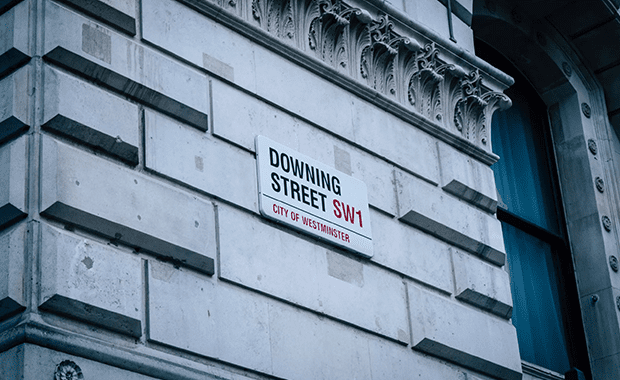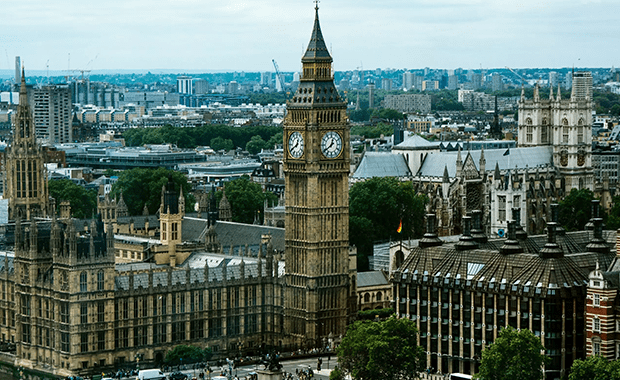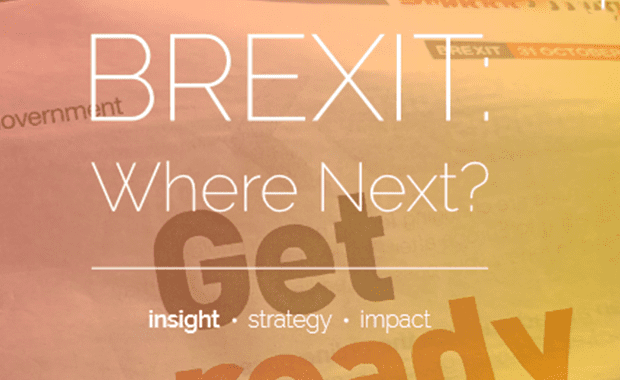By Ioan Phillips, Analyst at GK
If Boris Johnson’s name is linked to any political idea, then it is ‘cakeism’ – the belief that it is possible to govern without making trade-offs. On devolution, the PM’s cake is in danger of toppling over.
Coronavirus has stalled government plans to devolve more powers to English regions while highlighting the limitations of centralisation – especially in healthcare delivery. Health devolution is already under way in places such as Greater Manchester, London, and West Yorkshire. However, the Government is yet to develop a coherent vision as to how this should be applied across England. Expect then to see pressure from local government for greater decentralisation in this area – both in terms of policy-setting and procurement powers.
The pandemic also threw into sharp relief the impact of a decade of austerity on England’s councils. Funding cuts made by central governments meant many struggled to provide vital services, or deal with increased demand for them arising from coronavirus. Although the Government told councils to do “whatever it takes” to protect communities, whether this rhetoric is backed up with a substantial long-term funding uplift remains to be seen. Uncertainty over future funding (particularly regarding the form the UK Shared Prosperity Fund takes), coupled with reductions to income streams as a result of coronavirus, suggests councils will seek to consolidate or enhance existing revenue sources amidst the deepest recession in 300 years.
Over Hadrian’s Wall, the perceived missteps of the UK Government in dealing with the pandemic has brought Scottish independence back to the fore. Polls regularly put public support for it at 50% and above – a recent survey found 53% of Scots in favour. The governing SNP is also polling at record levels. The psephology points to a majority for pro-independence MSPs at next year’s Holyrood elections. This shift in constitutional sentiment has stirred the UK Government into action. A ‘Union Unit’ has been established in Downing Street; the PM frequently challenges the SNP on devolved matters, while Whitehall is said to be planning a spending programme intended to show Scots the advantages of staying in the union.
At the same time, the Government’s framing of post-pandemic economic recovery in strongly unionist terms in its new white paper on the UK internal market is fermenting new tensions with the devolved administrations. Although the UK’s four governments all accept the development of a series of ‘common frameworks’ to harmonise standards and regulation, the UK Government believes it should have sole responsibility for the terms of future trade deals. But the devolved administrations have responsibility for many of the areas – including controversial aspects, such as food standards – that will be covered by future deals. Once the deals are concluded, there is a risk that the devolved administrations could simply refuse to implement parts of them.
The internal market is just the latest example of how the Government is setting itself on a collision course with the devolved administrations. This trend is here to stay – and with it, greater political contestation of policy-making and regulatory powers. The Government’s reluctance to devolve further powers to national legislatures is in sharp contrast to its regionalist ‘levelling up’ mantra. The long-term sustainability of this devolution dualism is questionable, though.
GK Strategy works with many firms operating within what look set to be fluid fiscal, political and regulatory frameworks in the years ahead. Using our extensive knowledge of policy, political, and regulatory trends, we can help investors and businesses to address risks and identify business opportunities at a local, regional or national level.
For more information, please contact Martin Summers, Head of Investor Services, on Martin@gkstrategy.com.






